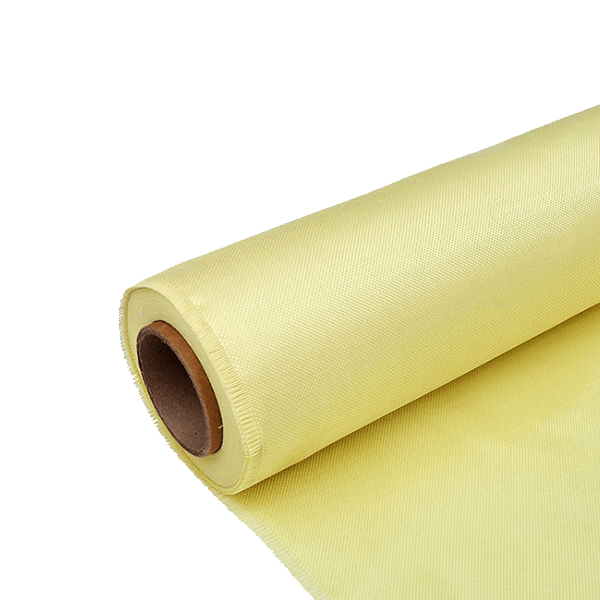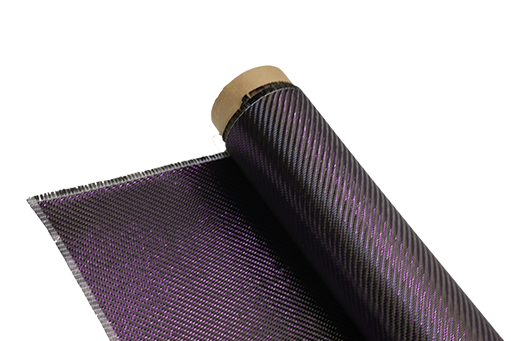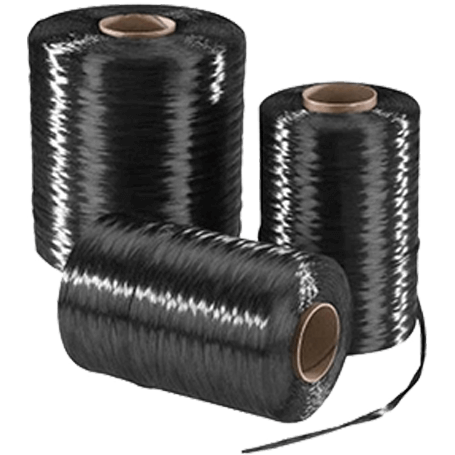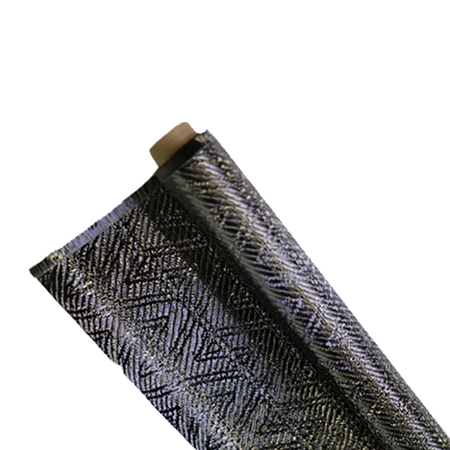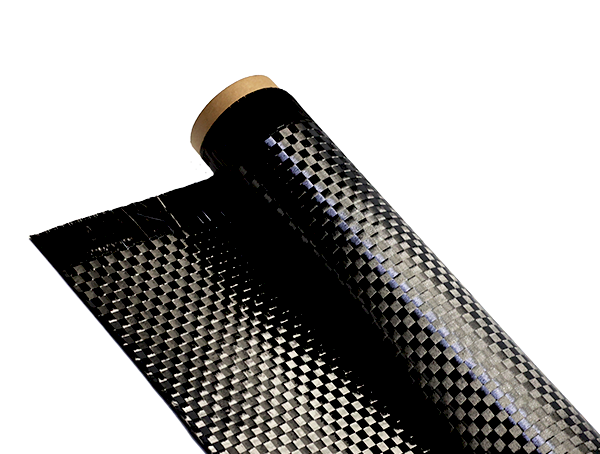Mold Release Sprays Now Offer Anti-Static Coating
-
Table of Contents
“Elevate Your Mold Release: Now with Anti-Static Protection!”
Mold release sprays have evolved to incorporate advanced features, including anti-static coatings, enhancing their functionality in various industrial applications. These innovative sprays not only facilitate the easy removal of molded parts from their molds but also help mitigate static electricity buildup, which can be detrimental in processes involving sensitive electronic components or materials. The integration of anti-static properties into mold release formulations ensures a cleaner, safer working environment while improving the overall quality of the finished products. This development represents a significant advancement in mold release technology, catering to the growing demand for efficiency and safety in manufacturing processes.
Benefits of Anti-Static Coating in Mold Release Sprays
Mold release sprays have long been an essential tool in various manufacturing processes, particularly in the production of plastics, composites, and rubber. Traditionally, these sprays have been designed to facilitate the easy removal of molded parts from their molds, thereby enhancing efficiency and reducing production time. However, recent advancements in technology have led to the incorporation of anti-static coatings in mold release sprays, offering a range of benefits that significantly enhance their functionality and effectiveness.
One of the primary advantages of anti-static coatings in mold release sprays is the reduction of static electricity buildup during the molding process. Static electricity can lead to a variety of issues, including the attraction of dust and debris to the molded parts, which can compromise the quality and finish of the final product. By incorporating anti-static properties, these sprays help to minimize the accumulation of static charges, thereby ensuring that the molded components remain clean and free from contaminants. This is particularly important in industries where precision and cleanliness are paramount, such as electronics and medical device manufacturing.
Moreover, the presence of an anti-static coating can improve the overall efficiency of the production process. When static electricity is present, it can cause parts to stick to the mold, leading to difficulties in demolding and potential damage to both the mold and the product. By utilizing mold release sprays with anti-static properties, manufacturers can ensure smoother demolding, reducing the risk of defects and enhancing the overall throughput of the production line. This not only saves time but also reduces the costs associated with rework and scrap, ultimately contributing to a more efficient manufacturing operation.
In addition to improving demolding efficiency, anti-static coatings can also enhance the durability and longevity of molds. Static electricity can lead to wear and tear on molds over time, as the attraction of particles can cause abrasion and degradation of the mold surface. By using mold release sprays that feature anti-static properties, manufacturers can protect their molds from such damage, thereby extending their lifespan and reducing the need for frequent replacements. This not only results in cost savings but also contributes to a more sustainable manufacturing process by minimizing waste.
Furthermore, the integration of anti-static coatings in mold release sprays can also enhance safety in the workplace. Static electricity can pose a risk in environments where flammable materials are present, as it can lead to sparks and potential ignition. By reducing static buildup, these advanced mold release sprays help to create a safer working environment for employees, thereby promoting a culture of safety within the organization.
In conclusion, the incorporation of anti-static coatings in mold release sprays represents a significant advancement in manufacturing technology. The benefits of these innovative products extend beyond mere convenience; they enhance product quality, improve production efficiency, prolong mold life, and contribute to workplace safety. As industries continue to evolve and demand higher standards of performance, the adoption of mold release sprays with anti-static properties will likely become increasingly prevalent. Manufacturers who embrace this technology will not only improve their operational efficiency but also position themselves as leaders in their respective fields, ready to meet the challenges of modern production demands.
How Anti-Static Coating Enhances Mold Release Efficiency

Mold release sprays have long been an essential component in the manufacturing process, particularly in industries such as plastics, rubber, and composites. These sprays facilitate the easy removal of molded parts from their molds, thereby enhancing productivity and reducing the risk of damage to both the mold and the finished product. However, recent advancements in technology have introduced an innovative feature to these sprays: anti-static coating. This enhancement not only improves the efficiency of mold release but also addresses several challenges associated with static electricity in manufacturing environments.
Static electricity can pose significant problems during the molding process. When materials are charged with static electricity, they can attract dust and debris, leading to contamination of the molded parts. This contamination can compromise the quality of the final product, resulting in defects that may require costly rework or even scrapping of the parts. Furthermore, static charges can cause materials to cling to the mold surfaces, making it difficult to achieve a clean release. This is where the introduction of anti-static coatings in mold release sprays becomes particularly beneficial.
By incorporating anti-static properties, these advanced mold release sprays effectively neutralize static charges on both the mold and the molded parts. This neutralization minimizes the attraction of dust and other contaminants, ensuring that the surfaces remain clean throughout the production process. As a result, manufacturers can achieve higher quality standards, reducing the likelihood of defects and enhancing overall product integrity. Moreover, the reduction of static cling allows for smoother and more efficient mold release, which can significantly decrease cycle times and improve operational efficiency.
In addition to improving product quality and release efficiency, anti-static coatings also contribute to a safer working environment. Static electricity can lead to hazardous situations, particularly in environments where flammable materials are present. By mitigating static buildup, these coatings help reduce the risk of sparks and potential fires, thereby enhancing workplace safety. This aspect is particularly crucial in industries such as aerospace and automotive manufacturing, where safety standards are paramount.
Furthermore, the application of anti-static mold release sprays is straightforward and can be seamlessly integrated into existing manufacturing processes. Manufacturers can easily switch to these enhanced products without the need for extensive training or modifications to their equipment. This ease of use allows for a quick transition, enabling companies to reap the benefits of improved efficiency and safety almost immediately.
As industries continue to evolve and demand higher quality products at faster rates, the role of mold release sprays with anti-static coatings will likely become increasingly significant. The combination of effective mold release properties with anti-static capabilities addresses multiple challenges faced by manufacturers today. By enhancing mold release efficiency, reducing contamination risks, and promoting a safer working environment, these innovative sprays represent a valuable advancement in manufacturing technology.
In conclusion, the integration of anti-static coatings into mold release sprays marks a significant step forward in enhancing mold release efficiency. By addressing the challenges posed by static electricity, these advanced sprays not only improve product quality and operational efficiency but also contribute to a safer manufacturing environment. As industries continue to seek innovative solutions to meet growing demands, the adoption of such technologies will undoubtedly play a crucial role in shaping the future of manufacturing processes.
Comparing Traditional Mold Release Sprays to Anti-Static Options
In the realm of manufacturing, particularly in the production of plastic and rubber components, mold release sprays play a crucial role in ensuring efficiency and quality. Traditionally, these sprays have been designed to facilitate the easy removal of molded parts from their respective molds, thereby minimizing the risk of damage and enhancing productivity. However, as industries evolve and the demands for higher performance increase, the introduction of anti-static coatings in mold release sprays has emerged as a significant advancement. This innovation not only addresses the conventional challenges associated with mold release but also introduces a new layer of functionality that is particularly beneficial in specific applications.
To begin with, traditional mold release sprays primarily focus on creating a barrier between the mold surface and the material being molded. This barrier is essential for preventing adhesion, which can lead to defects in the final product. While these sprays are effective in their primary function, they often fall short in environments where static electricity can pose a problem. Static charge accumulation can attract dust and debris, leading to contamination and imperfections in the molded parts. Consequently, manufacturers have sought solutions that not only facilitate release but also mitigate the risks associated with static electricity.
In contrast, anti-static mold release sprays incorporate specialized formulations that not only provide the necessary release properties but also actively reduce static charge buildup. This dual functionality is particularly advantageous in industries such as electronics, where even the slightest static discharge can damage sensitive components. By integrating anti-static properties into mold release sprays, manufacturers can ensure cleaner production environments and higher quality outputs. The ability to minimize static-related issues enhances the overall efficiency of the manufacturing process, allowing for smoother operations and reduced downtime.
Moreover, the application of anti-static mold release sprays can lead to significant cost savings over time. Traditional mold release methods may require additional steps to manage static electricity, such as the use of ionizers or other static control devices. By utilizing a product that combines both release and anti-static properties, companies can streamline their processes, reducing the need for supplementary equipment and labor. This not only simplifies operations but also contributes to a more sustainable manufacturing approach by minimizing resource consumption.
Furthermore, the versatility of anti-static mold release sprays extends beyond just the electronics sector. Industries such as automotive, medical, and consumer goods can also benefit from these advanced formulations. For instance, in the automotive industry, where precision and cleanliness are paramount, the use of anti-static mold release sprays can help maintain the integrity of components during production. Similarly, in the medical field, where contamination can have serious implications, these sprays provide an added layer of protection against static-related issues.
In conclusion, the evolution of mold release sprays to include anti-static coatings represents a significant advancement in manufacturing technology. By comparing traditional options with their anti-static counterparts, it becomes evident that the latter not only enhances the efficiency of the mold release process but also addresses critical challenges associated with static electricity. As industries continue to demand higher standards of quality and performance, the adoption of anti-static mold release sprays is likely to become increasingly prevalent, paving the way for improved manufacturing practices across various sectors. This innovation not only reflects the ongoing commitment to quality but also underscores the importance of adapting to the changing needs of modern production environments.
Q&A
1. **What is the purpose of mold release sprays with anti-static coating?**
Mold release sprays with anti-static coating are designed to prevent static electricity buildup on molds, which can lead to defects in the final product and improve the overall quality of molded items.
2. **How do anti-static coatings in mold release sprays benefit the manufacturing process?**
These coatings reduce the risk of dust and debris adhering to molds, enhance the smoothness of the release process, and minimize the chances of product contamination, leading to more efficient production and cleaner end products.
3. **Are there specific industries that benefit most from using mold release sprays with anti-static properties?**
Yes, industries such as plastics, automotive, and electronics benefit significantly, as they often deal with materials sensitive to static electricity and require high precision in mold release to ensure product integrity.Mold release sprays that now incorporate anti-static coatings provide enhanced benefits by preventing dust and debris accumulation on surfaces, improving the quality of molded products, and reducing the risk of static-related issues during manufacturing. This innovation not only streamlines the production process but also enhances the overall performance and longevity of molds, making them a valuable addition to various industrial applications.

